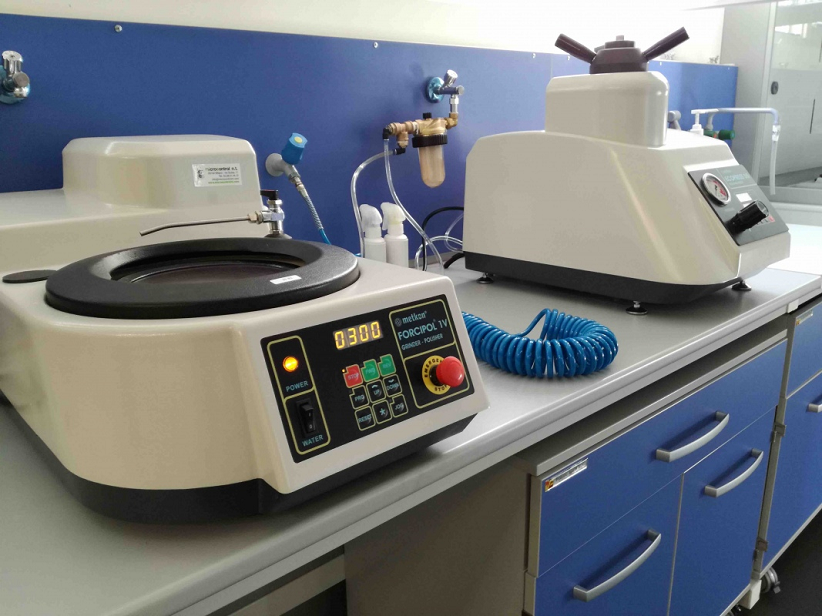In the pharmaceutical industry, patient safety, the stringent regulatory GxP requirements and the battle of staying competitive in a fast-changing environment always poses substantial challenges to manufacturers, quality & engineering professionals and equipment vendors.
They are expected to manufacture products “fit for purpose” and “right first time”. Risk-based compliance is always expected by the regulatory agencies to balance the costs and compliance efforts vs. product quality and patient safety.
Quality cannot be tested in to products; it must be built-in with the design.
“Quality Risk Management is a systematic process for the assessment, control, communication and review of risks to the quality of the medicinal product across the product lifecycle.”
However, if this is to be achieved, quality assurance must become a proactive process- identifying potential problems and their impact, and fix them before they happen and that is exactly what FMEA does!
Here are my top tip on how to implement FMEA’s successfully.
1. Identify the Processes
Identify which process really needs a FMEA. Conducting too many FMEAs on non-critical processes will consume resources without returns. SME’s should be consulted early on in the process to identify what processes are really critical to the quality and efficacy of the products been produced.
2. Understand & Apply the Fundamental Concepts and Definitions of FMEA
Failure modes and effects analysis (FMEA) is a step-by-step approach for identifying all possible failures in a design, a manufacturing or assembly process, or a product or service. You should have prior experience or at least work with someone who has implemented a FMEA in the past. This activity should not be carried out by personnel who have no experience in the process.
3. Keep FMEA as Simple as Possible to Both Evaluate and Understand
This is a no brainer as FMEA’s are difficult enough to conduct at the best of times. If you are successful in gathering all the key stakeholders together to carry out the FMEA then make sure you have a streamlined process that will enable decisions. Remember FMEA’s can be subjective so use the KISS approach (Keep it simple stupid!)
4. Maintain an Open and Creative Approach
Maintain an open and creative approach about identifying new failure modes or reassessing their effects and consequences. Just because a list of failure modes exist don’t take it for granted that these are the only ones. If you have experience in the process and you feel potential failure modes have been omitted, be vocal about it…this could prevent a 483 down the road.
5. Perform FMEA Using a Teamwork Approach
Quite simply if you cannot get buy in from the key stakeholders and SME’s of the process to carry out a FMEA then just move on and focus on something else. You cannot carry out a FMEA without a teamwork approach. Carrying out a manufacturing process in a regulated environment involves many people working together to product a quality product, the same principle applies when carrying out a FMEA…you must have buy in from the SME’s early on.
6. Invite the Team to Observe the Process
This is an excellent idea and it will help to focus the minds of everyone involved in the process. It is amazing how many potential failure modes can be identified when everyone is focussing on the process collectively. Try to keep the observation process down to a minimum…of course this will depend on the duration of the process. If a process occurs over a longer period of time perhaps it would be a good idea to specifically ask the operators to note any potential failure modes they might see.
7. Obtain Inputs from Every Team Member
Obtain Inputs from Every Team Member to prevent the FMEA from becoming an afterthought. Remember everybody involved in the process has something to offer and will offer unique insights that others won’t see. It can’t be stressed how important operator input is to determine failure modes.
8. Conduct a Review
Conduct a literature review to identify any recommended risk reduction strategies that have already been successfully implemented. Learn from previous FMEA’s and try and copy the ones that were successfully implemented. Previous successful FMEA’s can serve, as a great template for future ones, there is nothing better than real life examples of how FMEA’s can improve a process.
9. Expert Facilitation Skills
FMEA leaders must develop expert facilitation skills, and apply those skills to achieve the objective of FMEAs. If you manage to organise a FMEA session with the SME’s it’s critical that you find someone with excellent facilitation skills to manage the process. There maybe many ego’s in the room so a strong leader is required to maximise the meeting.
Primary FMEA facilitation skills include:
- Brainstorming
- Asking Probing Questions
- Encouraging Participation
- Active Listening
- Controlling Discussion
- Decision Making
- Conflict Management
- Time Management
If you have any useful insights of your own please add them to the comment box below.
